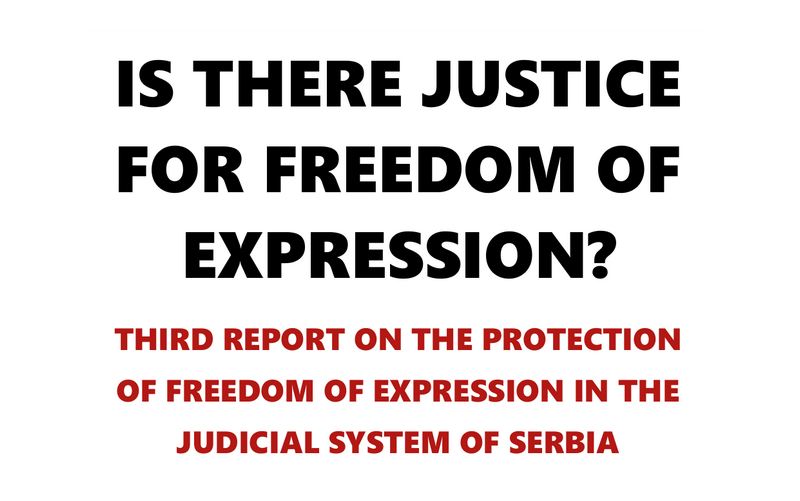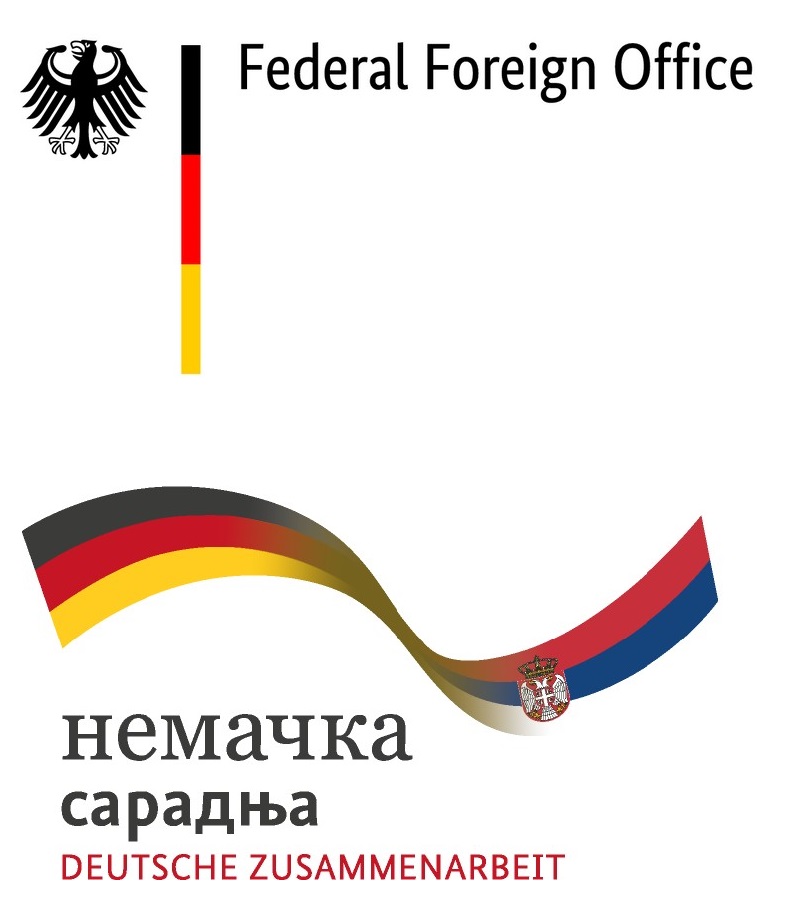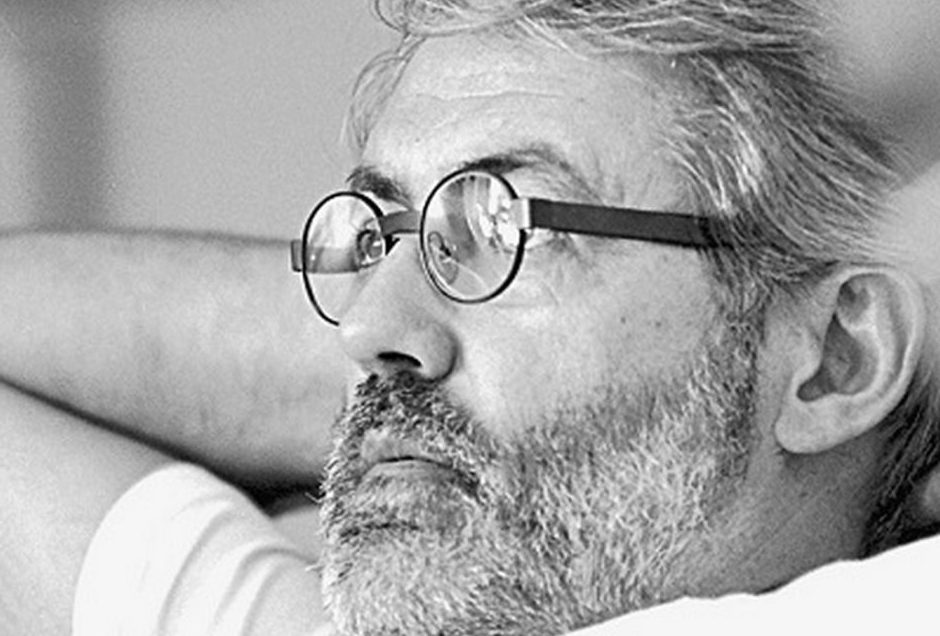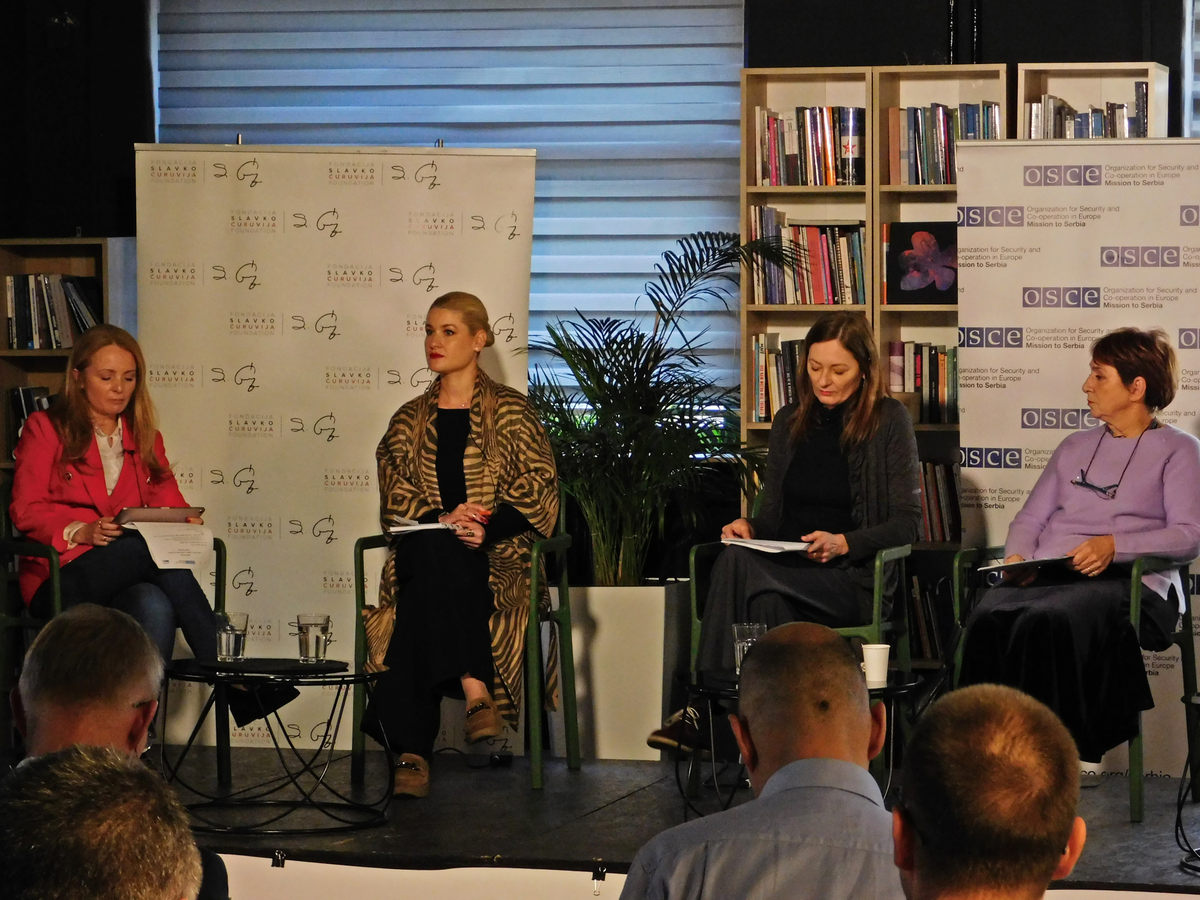December 14, 2023
More cases of attacks on journalists have been resolved with conviction. There are fewer proceedings for online threats but more for threats in real life. Increased number of prison sentences, as we can see from the Slavko Ćuruvija Foundation analysis of criminal cases against journalists in the period of 2021–2023
There is some progress in the judicial procedural actions and case law as regards the protection of freedom of expression before the courts in Serbia, at least considering the criminal offences against journalists, as demonstrated by the results of the Slavko Ćuruvija Foundation’s third report, “Is there justice for freedom of expression?” that has been published recently.
As for the criminal cases from the prosecutor’s office records for the period of January 2021 until June 2023, the number of cases resolved by conviction has increased. Out of 97 cases resolved in this period, the conviction was adopted for 22 cases (22.7%), and for 4 cases there were acquittals (4.1%). However, the majority of cases continue to be resolved by the decision of the prosecutor’s office – dismissal of criminal complaint – in 70 cases (72.2%).
The analysis shows that online threats against media workers continue to dominate as a form of attack against journalists. The trend of the decreasing number of cases before the Special Prosecutor’s Office for High Tech Crime (HTC) by more than 8% is worrying, while the number of cases before other public prosecutors’ offices is growing. In the previous period, about 16.2% of the cases were under the jurisdiction of the three basic public prosecutor’s offices, but now that number has increased to 28.8%. This leads to the conclusion that threats against journalists and media workers are slowly moving from the virtual environment into real life.
The court cases pertaining to the offences from previous years are also included in the analysis, and these were ended with a final ruling in the monitoring period. Out of in total 34 identified court cases that ended in a final ruling, there were 26 convictions, six acquittals and two decisions imposing the security measure of the psychiatric treatment. As many as five out of six acquittals refer to direct verbal threats.
When it comes to penal policy, the number of imposed prison sentences is growing (23.5%). Among the analysed cases, the measure of deprivation of liberty (imprisonment or detention) was imposed on 16 persons, and a total of 13 perpetrators were sentenced to imprisonment. However, the number of suspended convictions is still the largest – 53%.
In the court proceedings initiated under the Law on Public Information and Media, the analysed cases included only the cases of media outlets with more than five final judgments for violation of honour and reputation and compensation for non-pecuniary damage – “Alo”, “Blic”, “Danas”, “Informer”, “Kurir”, “Nova” and “Srpski telegraf”.
It has been established that the first-instance proceedings take an inappropriately long time, so their efficiency and effectiveness in protecting the parties in the proceedings becomes questionable. The longest proceedings took seven years.
Courts would rarely order the publication of the entire judgment. The average amount of awarded compensation for non-pecuniary damage of RSD 66,826 shows that, as such, it will not have a satisfying effect on the plaintiff nor a deterring effect on the sued media. Despite tabloid media paying compensation for non-pecuniary damage under many lawsuits, the awarded amounts do not contribute to improved observance of the law by these media or their journalists’ respect of the Journalists’ Code of Ethics.
The report is written by Vida Petrović Škero, Ana Zdravković, Kruna Savović and Nataša Jovanović.
The analysis “Is there justice for freedom of expression?” can be downloaded HERE.






